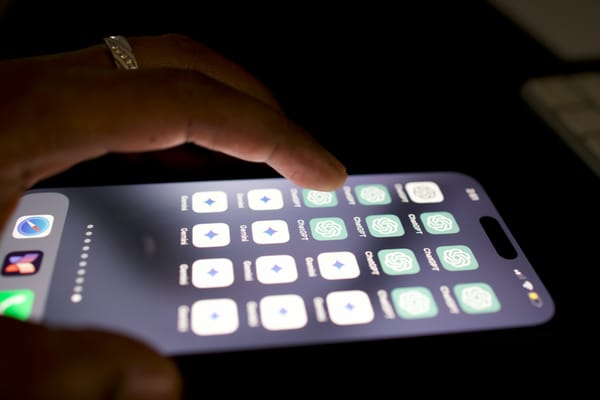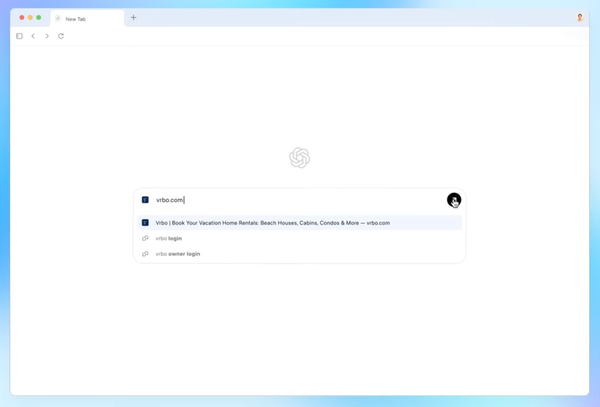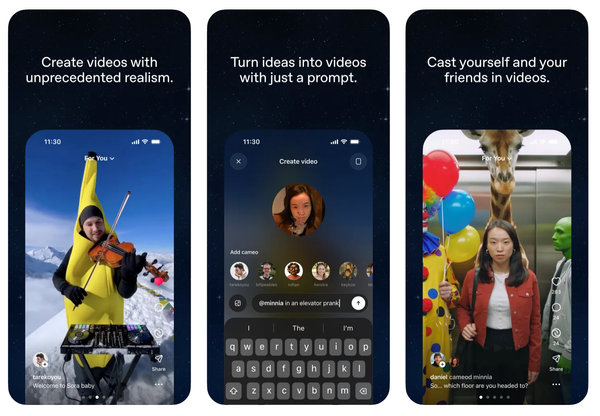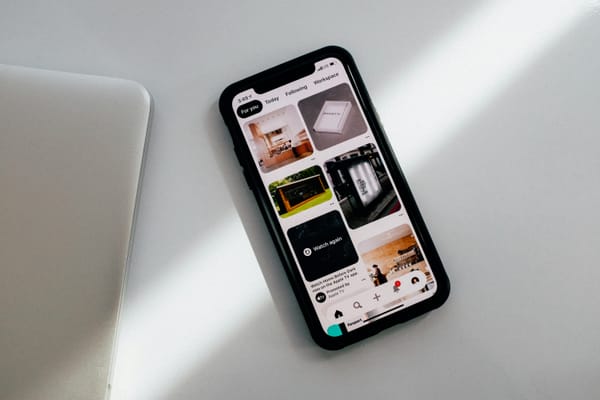What social networks can learn from public spaces
Or: 14 ways to rebuild your hell site
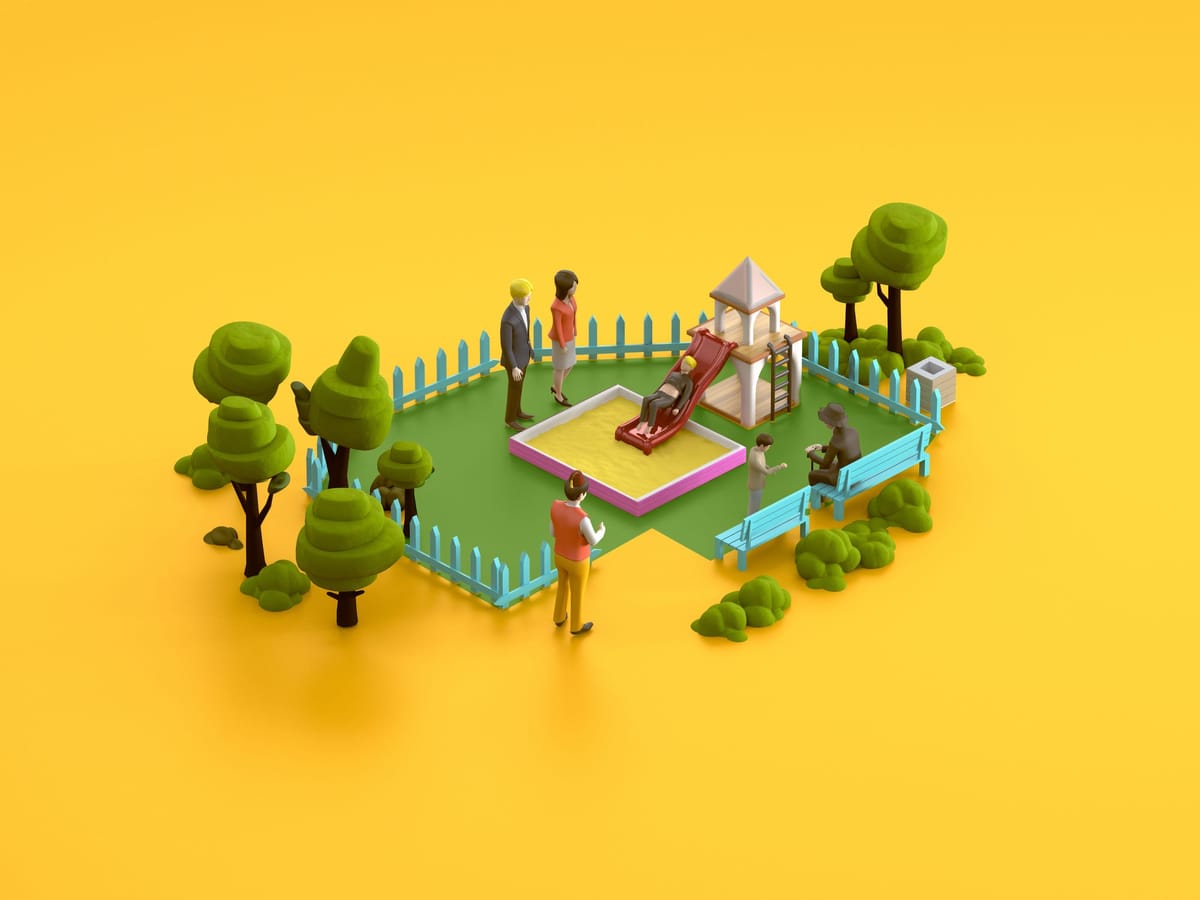
In the aftermath of the Great Deplatforming of the past week, we’ve seen a thoughtful debate over the power and limits of taking away a person’s ability to post online. It’s a blunt but powerful tool for punishing people who would use your platform to incite violence or commit other crimes. But building healthy, happy communities requires much more than removing their worst users. You don’t have a healthy media ecosystem just because Donald Trump no longer dominates it.
With that in mind — and in an effort to turn our attention to some constructive ideas after a terrifying week — today I want to talk about an effort to design better digital spaces. For those of you who work on platforms, or hope to someday, I hope it will spark a sense of what else could be possible in your work. And for those of us who live and work on these platforms, I hope the ideas shared here give us a better sense of what we could and should demand from the digital world.
The ideas come from Civic Signals, a new nonprofit organization dedicated to building “flourishing, public-friendly digital spaces.” It’s led by Eli Pariser, author of the 2011 bestseller The Filter Bubble and the co-founder of Upworthy; and Talia Stroud, director of the Center for Media Engagement at the University of Texas at Austin. For the past two years, they led an inquiry into what makes for good digital spaces. And on Tuesday, the first day of their inaugural New Public Festival, they released the results of their research. (You can find it all here.)
The research began with the observation that in the offline world, healthy communities have traditionally been served by thriving public spaces: town squares, libraries, parks, and so on. Like digital social networks, these spaces are open to all. But unlike those networks, they are owned by the community rather than a corporation. As you would expect, that difference results in a very different experience for the user.
Public spaces display a number of features that build healthier communities, according to researchers. “Humans have designed spaces for public life for millennia,” they write, “and there are lessons here that can be helpful for digital life.”
Here’s a list (emphasis theirs). These spaces:
Develop programming – social activities – that draw different groups in, without over-optimizing for any one groupOffer visual cues as to what kinds of behavior are invited in the spaceAre designed to be physically accessible and attractive to many different populationsEngage stewards, leaders, and maintainers who can do the labor of community-building Are designed in partnership with the communities that use them.
Save for the third bullet point on that list, these are not features that I would associate with any of our largest social platforms. And that begins to explain, I think, the rot we find throughout them. Giant, rudderless communities left to imagine for themselves what they ought to do on a platform, or how they ought to behave, often turn on one another.
Imagine if a Facebook, or a Reddit, or a YouTube offered actual programming to these communities — constructive, creative tasks that go beyond individual fundraisers or the creation of content. Would they not wind up with services that they were more proud of?
It’s relatively easy to imagine what this might look like. Over the past couple of months, I’ve been captivated by the story of the TikTok users who took it upon themselves to write a musical inspired by the Pixar film Ratatouille. It happened spontaneously — and raised $1.9 million for the Actors Fund — but there’s no reason other platforms couldn’t similarly goad their users into creativity, philanthropy, or other ends more compelling than the traditional like, comment, and share.
On Monday, I attended a virtual briefing with Pariser and Stroud to learn about their findings. While they began with drawing analogies to the physical world, their research ultimately explored the possibilities contained within digital-only spaces as well. Ultimately, the team identified 14 design principles for building better digital spaces. The principles are grouped into four categories:
- Welcoming new users to the space and to conversations within it.
- Helping people to understand the world.
- Connecting people across hierarchies and divides.
- Enabling people to act together.
What I love about these principles is that they take a point of view on human behavior. Facebook’s mission “to give people the power to build community and bring the world closer together” reads somewhat similar to the bullet points above, but is ultimately much less prescriptive about how the network ought to be used. The same could be said of Twitter’s mission to “serve the public conversation.”
The centerpiece of the Civic Signals research is a survey of more than 10,000 platform “super users” around the world about how well they believe existing social networks live up to the design principles identified in the research. The results are a mixed bag, as you would expect — Facebook ranked high for cultivating a sense of belonging and inviting everyone to participate, but low for showing people reliable information or ensuring people’s safety. Twitter ranked high on building bridges between groups, but low for showing reliable information.
For Pariser and Stroud, the lesson is that better digital spaces are both necessary and possible. The question is whether the principles they’ve identified can be incorporated into existing platforms, or will need to be baked into a new project from scratch. And should that new project be a traditional venture-backed startup, or a digital public space managed by a government or nonprofit community?
When I asked them, they told me that they welcome experimentation. “We need private actors and more public platforms if we want all these needs to be met,” Pariser told me.
But perhaps because none has yet succeeded on a grand scale, it’s the prospect of a public digital space that intrigues me the most. It intrigues Pariser, too.
“If you look at physical communities, there’s a reason that libraries are libraries and not venture-backed bookstores,” Pariser said. “They do different things. And those functions are really important as well.”
Stroud noted that no existing platform had performed well across the board in its survey, suggesting that there could be significant demand for the sort of spaces envisioned by Civic Signals.
“And some of these are really base-level things that you would want in a space,” Stroud said. Things like protecting users’ safety, or their data, or simply making them feel welcome when they join. “I think there’s a lot of opportunity for innovation.”
The New Public Festival continues online Wednesday and Thursday. You can attend virtually, and for free, at this link.
The Ratio
Today in news that could affect public perception of the big tech companies.
⬆️ Trending up: Twitter said it removed more than 70,000 accounts in the wake of the attempted coup on the US government. The accounts were primarily dedicated to QAnon, the company said. (Twitter)
⬆️ Trending up: Google is donating $3 million to news organizations to fact-check vaccine misinformation. I’ll take it. (Sarah Scire / Nieman Lab)
Governing
⭐ House Democrats said they would launch an inquiry into social networks’ role in the organization of the Capitol attack. (Elsewhere, President Trump called his deplatforming “catastrophic mistake.” Tony Romm has the story at the Washington Post:
“There’s no question that our committee is going to investigate and have hearings on the whole issue that we’ve been dealing with, in terms of what they can do on their platforms,” said Rep. Frank Pallone Jr. (N.J.), the top Democrat on the House Energy and Commerce Committee.
Twitter and Facebook “were letting the president say things that ultimately resulted in incitement of this mob that attacked the Capitol, and I’m glad they’ve taken action now,” Pallone added in an interview. “But this opens up a whole issue of how are they policing the Internet to prevent false information and incitements of violence.”
Facebook, Google, and Microsoft paused all political donations in the wake of the Capitol attack. Another idea might have been to continue donating to lawmakers who opposed the coup attempt, and stop donating to lawmakers who did. (Makena Kelly / The Verge)
Parler lacked basic security protections for its data, allowing hackers to easily scrape the site’s entire database of content. Hackers say they successfully archived 99 percent of public content on the site before Amazon Web Services moved to shut it down. (Andy Greenberg / Wired)
Parler said it tripled its volunteer moderator staff from 200 to 600 over the past two months, and began paying them monthly stipends. It also has been hiring full-time moderators in recent weeks, the company said. (Keach Hagey and Jeff Horwitz / Wall Street Journal)
Alternative video site Rumble sued Google over its low ranking in search after a Wall Street Journal investigation. Toronto-based Rumble said Google was unfairly ranking YouTube results over its own. (Sam Schechner / Wall Street Journal)
GoFundMe banned Trump rally travel fundraisers in the wake of the Capitol attack. If you want to raise money to go attack Congress, you’ll have to do it somewhere else. (Brianna Sacks / BuzzFeed)
One of America’s largest talk-radio companies told hosts they were prohibited from describing the US election from having been “stolen.” Cumulus, which airs programming from right-wing hosts including Mark Levin and Dan Bongino, said it would fire employees who violate the policy. (Paul Farhi / Washington Post)
Uganda ordered all social networks blocked in the country ahead of elections in the country. Facebook and WhatsApp were being heavily used for campaigning by challengers, and Facebook had blocked some pro-government accounts for using sock puppets. (Reuters)
Facebook released its report on coordinated inauthentic behavior for December. The company removed 17 networks of fakes in one month — its most ever — of which 12 involved countries targeting their own citizens. (Facebook)
Industry
⭐ Amazon said it would stop selling QAnon products after years of inattention to extremist merchandise sold through its marketplace. Jay Greene has the story at the Washington Post:
Amazon is beginning to remove QAnon products from its site, a process that could take a few days, spokeswoman Cecilia Fan said Monday afternoon following inquiries from The Washington Post and other media outlets. Third-party merchants that attempt to evade Amazon’s systems to list QAnon goods may find their selling privileges revoked, Fan added.
The policy change was a turnabout for Amazon after last week’s siege of the U.S. Capitol.On Monday morning, shoppers could have their pick of T-shirts bearing the “We Are Q” slogan, baseball hats with the QAnon motto “Where we go one we go all” and even onesies for babies with President Trump’s face inside the letter Q.
The Alphabet Workers Union has surpassed 700 members. That’s about triple where it was at last week. (Zoe Schiffer / The Verge)
More than 400 gigabytes of personal data scraped from Facebook, Instagram, and LinkedIn was leaked online. Chinese social media management company Socialarks had gathered information about 214 million social media users and left it in an unsecured database. (Jim Wilson / SafetyDetectives)
Facebook named a vice president of civil rights — one of the core commitments the company made during last summer’s protests for racial justice. Civil rights attorney Roy L. Austin, Jr., who worked on issues related to policing in the Obama administration, got the job. (Jessica Guynn / USA Today)
Facebook security teams recommended that employees not wear clothing wiht company logos for the time being. It’s the latest illustration of how simply moderating social platforms can put both executives and rank-and-file employees in real danger. (Alex Heath / The Information)
Facebook introduced a revamped “Access Your Information” tool to help users better understand how their data is used. Among other things, the tool allows users to easily remove old posts from their timelines. (Sarah Perez / TechCrunch)
Zoom is raising another $1.5 billion from the public markets. This is an economic phenomenon known as getting while the getting’s good. (Molly Schuetz and Drew Singer / Bloomberg)
A good newsletter
One of the things that Platformer members support is my ability to use part of each week to mentor junior writers. Today I want to tell you about my first mentee: Benjamin Strak, author of Design Lobster. As its name suggests, it’s a newsletter about how objects look and work, with an eye toward connecting modern designs with historical antecedents.
I love Design Lobster for its concise format, its oddball sensibility, and its good-natured curiousness about the world around it. Ben works as a designer in his day job, and his essays are the product of a practitioner at work. If you’re interested in design, or are simply looking for a thought-provoking mental health break in your inbox, I can’t recommend it enough.
The most recent issue examines design proposals to make Twitter a kinder space. I also enjoyed this piece connecting architectural history with modern interface design.
Design Lobster is totally free and comes out on Mondays. You can subscribe here.
Things to do
Listen to me rant. I had a great time talking about the past week’s events in content moderation with my old colleagues at The Vergecast. For more produced — and, thanks to the inclusion of a certain Fast and the Furious ballad, funnier — take on the week’s events, I spoke to Today Explained. And to round things out, I spoke with Kara Swisher and her 18-year-old son, Louie, about Twitter and Trump on a special episode of Pivot.
Those good tweets
The pirate bay, the most censored website in the world, started by kids, run by people with problems with alcohol, drugs and money, still is up after almost 2 decades. Parlor and gab etc have all the money around but no skills or mindset. Embarrassing.
— Peter Sunde Kolmisoppi (@brokep) 9:05 AM ∙ Jan 10, 2021
FBI: We need encryption backdoors to fight terrorism.
— Matthew Green (@matthew_d_green) 1:07 PM ∙ Jan 8, 2021
Actual terrorists: *post selfies to Reddit.*
Heck of a name lad
— Sad Charles (@charleswrites) 3:30 PM ∙ Jan 10, 2021
no, you can't eat a whole ass capybara
— Ad Infinitum (@Ad_Inifinitum) 3:36 PM ∙ Jan 7, 2021
Talk to me
Send me tips, comments, questions, and your ideas for civic spaces: casey@platformer.news.


